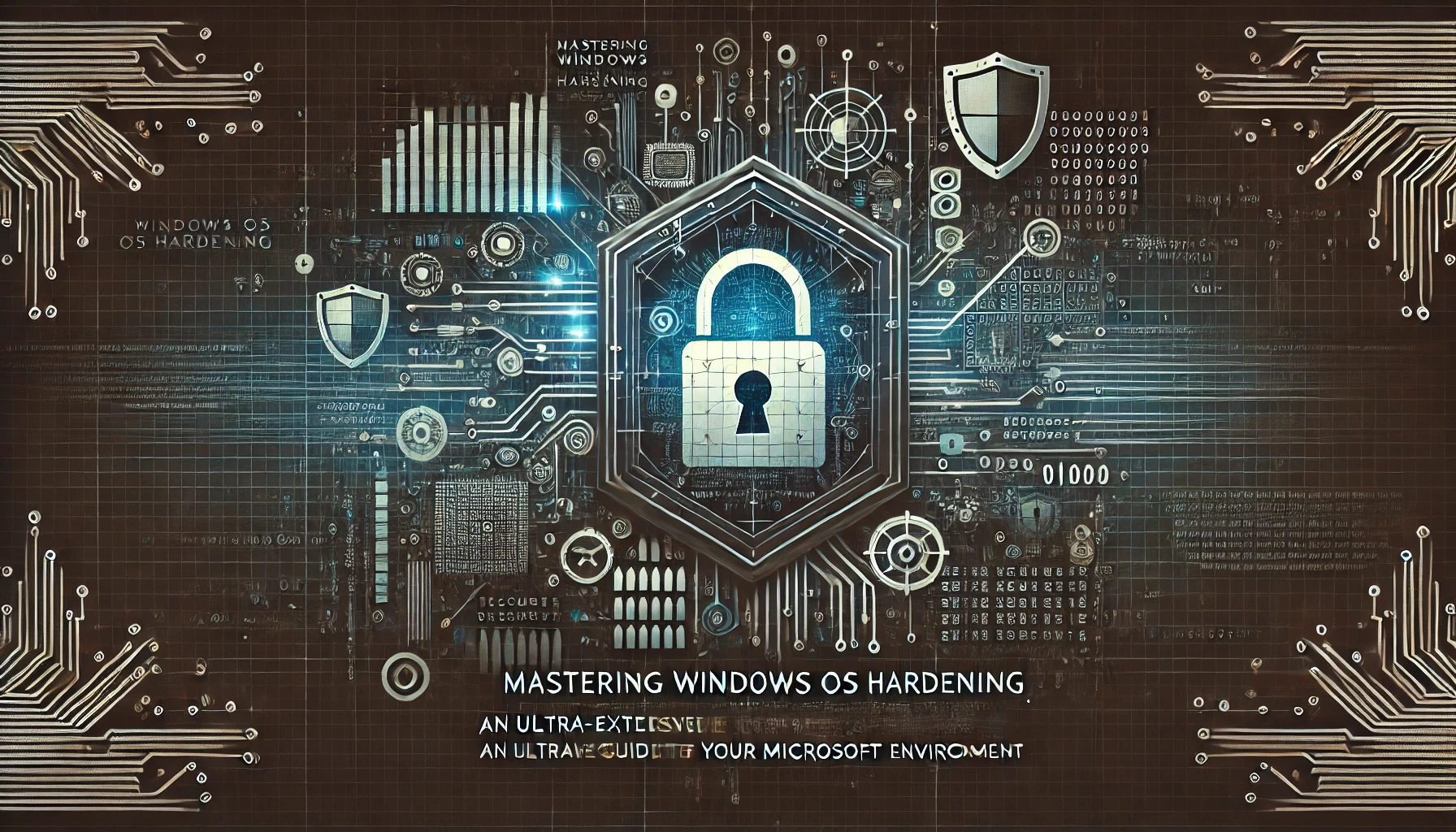
Understanding the Importance of Network Security in Today’s Digital Landscape
In today’s interconnected world, network security plays a vital role in safeguarding sensitive information and preventing unauthorized access to valuable data. With cyber threats becoming more sophisticated and prevalent, it is imperative for organizations to prioritize network security as a fundamental aspect of their overall cybersecurity strategy.
Network security encompasses various measures and practices designed to protect the integrity, confidentiality, and availability of a network and its resources. Let’s delve into some key aspects of network security that organizations should consider:
Firewalls and Intrusion Detection Systems
Firewalls act as a first line of defense against external threats by monitoring and controlling incoming and outgoing network traffic. They can be hardware or software-based and are configured to allow or block specific types of traffic based on predefined security policies. Intrusion Detection Systems (IDS) complement firewalls by actively monitoring network traffic for suspicious activities or patterns that may indicate a potential security breach.
Secure Network Architecture
A secure network architecture involves designing and implementing networks with security in mind. This includes segmenting networks into different security zones, implementing secure protocols for communication, and utilizing virtual private networks (VPNs) for secure remote access. By adopting a defense-in-depth approach, organizations can significantly reduce the attack surface and mitigate the impact of potential security incidents.
Regular Vulnerability Assessments and Penetration Testing
Regular vulnerability assessments and penetration testing are essential to identify and address potential weaknesses in a network’s security posture. Vulnerability assessments involve scanning network devices, systems, and applications for known vulnerabilities, while penetration testing simulates real-world attacks to identify vulnerabilities that may be exploitable. By proactively identifying and remediating security flaws, organizations can stay one step ahead of cybercriminals.
Network Access Controls
Implementing robust network access controls is crucial to prevent unauthorized access to sensitive resources. This includes strong user authentication mechanisms, such as two-factor authentication (2FA) and multi-factor authentication (MFA), as well as role-based access control (RBAC) to ensure users only have access to the resources necessary for their roles. Network access controls help prevent unauthorized users or devices from compromising the network’s security.
Continuous Monitoring and Incident Response
Network security is an ongoing process that requires continuous monitoring and proactive incident response. By leveraging security information and event management (SIEM) tools, organizations can collect and analyze logs from various network devices and systems to identify potential security incidents. Having a well-defined incident response plan in place enables organizations to respond swiftly and effectively to security breaches, minimizing their impact and reducing downtime.
In conclusion, network security is an essential component of any comprehensive cybersecurity strategy. By implementing robust network security measures, organizations can protect their valuable assets, maintain the trust of their customers, and mitigate the financial and reputational risks associated with cyber threats. Staying updated with the latest network security best practices and continuously evolving security technologies is crucial to stay one step ahead of cybercriminals.
Stay Connected with Secure Debug
Need expert advice or support from Secure Debug’s cybersecurity consulting and services? We’re here to help. For inquiries, assistance, or to learn more about our offerings, please visit our Contact Us page. Your security is our priority.
Join our professional network on LinkedIn to stay updated with the latest news, insights, and updates from Secure Debug. Follow us here.







